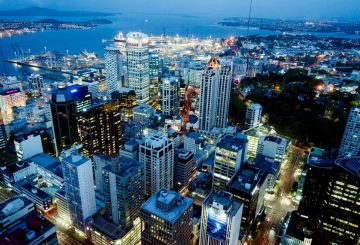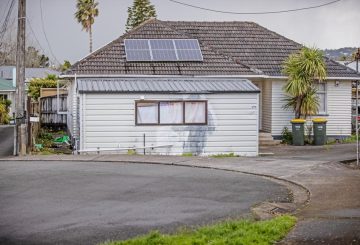サイクロン・ガブリエルによって多くの作物が破壊された後、サツマイモの一種であるクマラが復活しつつあります。ニュージーランドのクマラはほとんどすべて、温暖な気候と肥沃な土壌が理想的なノースランドで栽培されています。しかし、嵐のせいで作物の多くが地面で腐ってしまいました。最悪の場合、一部のクマラは1キログラムあたり14ドルに達しました。
今、新シーズンのオレンジ、金、赤のクマラがスーパーに戻ってきました。北島フード・プロデュース・アンド・ブッチャリーの責任者であるブリジット・コーソン氏は、赤いクマラは1キログラムあたり約7ドルだと言いました。オレンジとゴールドの品種はまだ収穫中だが、今後数週間で価格は1キログラムあたり7ドルまで下がると予想されている。供給量が増えるにつれて、価格は下がり続けるでしょう。
コーソン氏は、クマラは用途の広い作物であり、あらゆるサイズが使用されていると説明しました。大きいものは通常加工され、小さいものは皮をむいてクマラハッシュに使用され、中型のものはスーパーマーケットで売られます。しかし、最近の品薄により、すべてのサイズが売れてしまい、お客様にはサイズにばらつきが出てしまいました。
2023年には、クマラ農作物の約 60% が破壊されました。今年は、収穫量はほぼ通常のレベルに戻ると予想されています。クマラは年に一度収穫され、市場に出るまで冷蔵保管されます。コーソン氏は、通常の収穫量であれば、2月に新シーズンが始まるまでクマラが手に入るだろうと予測している。
サイクロン・ガブリエルはホークスベイの核果やリンゴの栽培者にも深刻な影響を及ぼし、一部の農家は樹木の 25% を失いました。それでもコーソン氏は、現在店頭に並んでいるホークスベイ産の核果やネクタリンの品質を高く評価しました。
ニュージーランド統計局によると、2023年1月のクマラの平均価格は1キログラムあたり4.37ドルでしたが、2023年9月には1キログラムあたり12.98ドルに上昇しました。現在のスーパーマーケットの価格はさまざまで、一部の店舗では割引が適用されます。




























































